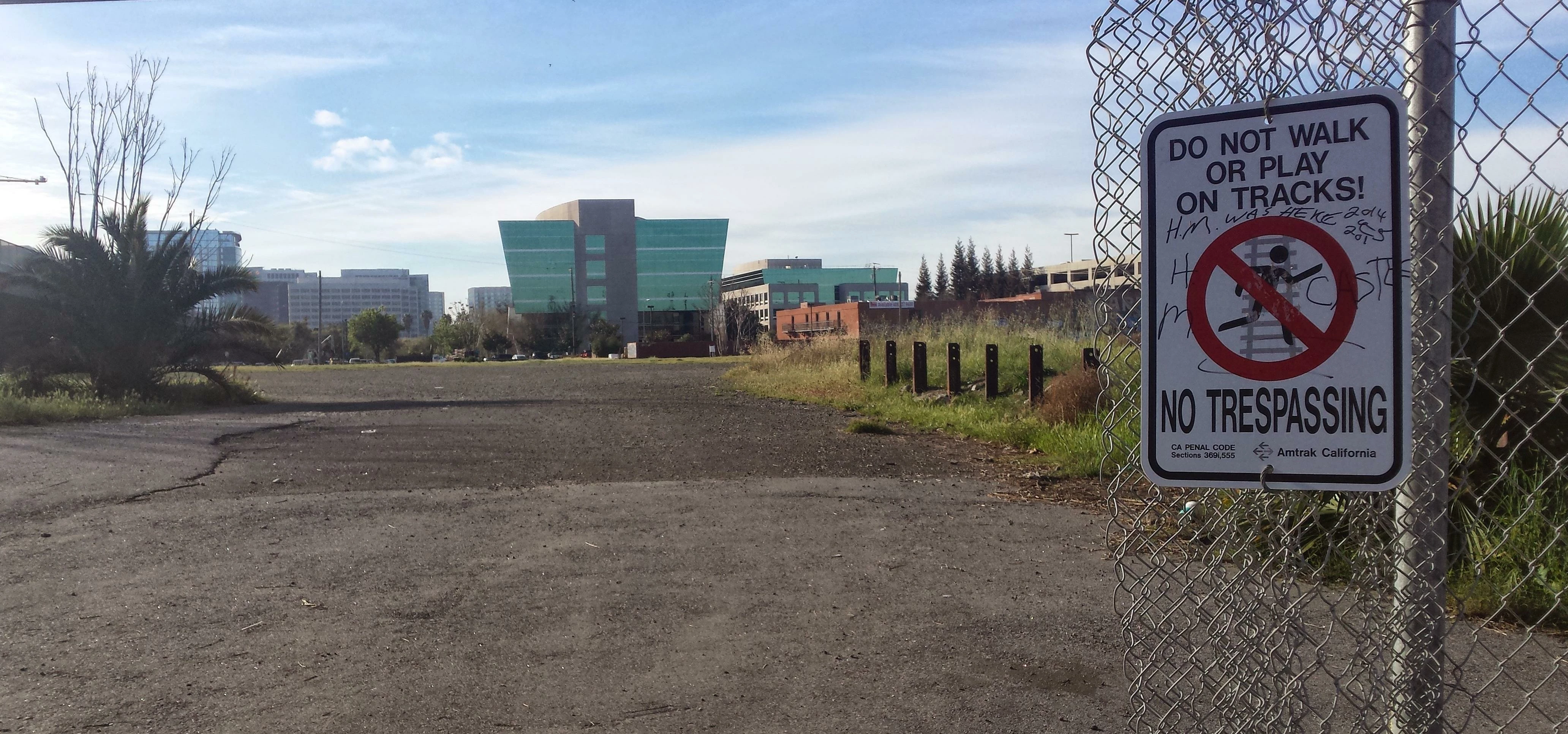
Partner Article
Why developers are up against brick walls with brownfield sites
Government plans encouraging councils to protect green belt land have been at the forefront of the housing debate recently.
Communities’ secretary Eric Pickles and housing and planning minister Brandon Lewis are instructing councils to prioritise thousands of brownfield sites that are available for development – through the relaxation of planning rules.
Yorkshire has seen its fair share of housing bids in 2015 alone, including an initiative to create 66,000 homes in Leeds with 62 per cent of these proposed developments on brownfield land.
Whilst the redevelopment of brownfield land to accommodate the rising demand for housing is a good approach, it does not go far enough and would be impossible to implement in isolation if government targets to provide 4.4million new homes are to be met by 2014.
Although I welcome the plans, they fail to acknowledge that developers may incur costs when preparing brownfield sites for development. Current categories of brownfield land include; vacant, derelict, contaminated or particularly occupied - and depending on whether there is contamination present, preparing the land can be problematic and expensive.
Many developers suggest the government should cover the cost. Their rationale is that the expenditure will then be reflected in the land value to ensure the site’s commerciality and viability – with the cost ultimately being passed onto the homeowner.
The realistic threat of an impending interest rates rise - coupled with average wages remaining the same as they were pre-recession - reinforces the importance of new developments being affordable for developers and purchasers.
Recent statistics underpin this with homeownership having declined for the 11th year in a row. Only 63% of England’s households are now living in houses they own outright or with a mortgage according to the English Housing Survey (EHS).
In addition, these plans fail to address the main obstacle facing developers - the planning process and how councils block developments instead of giving them the green light. I hope that the new government financial incentives will encourage councils to be more efficient and grant developments - whether they be on brownfield or greenbelt land.
While new guidance has been issued to councils to safeguard their respective greenbelt sites, there needs to be a process to enable them to redevelop suitable greenbelt land such as old hospitals or research centres to avoid heavy emphasis on brownfield sites.
Do you think that developing brownfield land will help or hinder the housing crisis?
This was posted in Bdaily's Members' News section by VIDA Architecture .
Enjoy the read? Get Bdaily delivered.
Sign up to receive our popular Yorkshire & The Humber morning email for free.








 How to make your growth strategy deliver in 2026
How to make your growth strategy deliver in 2026
 Powering a new wave of regional screen indies
Powering a new wave of regional screen indies
 A new year and a new outlook for property scene
A new year and a new outlook for property scene
 Zero per cent - but maximum brand exposure
Zero per cent - but maximum brand exposure
 We don’t talk about money stress enough
We don’t talk about money stress enough
 A year of resilience, growth and collaboration
A year of resilience, growth and collaboration
 Apprenticeships: Lower standards risk safety
Apprenticeships: Lower standards risk safety
 Keeping it reel: Creating video in an authenticity era
Keeping it reel: Creating video in an authenticity era
 Budget: Creating a more vibrant market economy
Budget: Creating a more vibrant market economy
 Celebrating excellence and community support
Celebrating excellence and community support
 The value of nurturing homegrown innovation
The value of nurturing homegrown innovation
 A dynamic, fair and innovative economy
A dynamic, fair and innovative economy